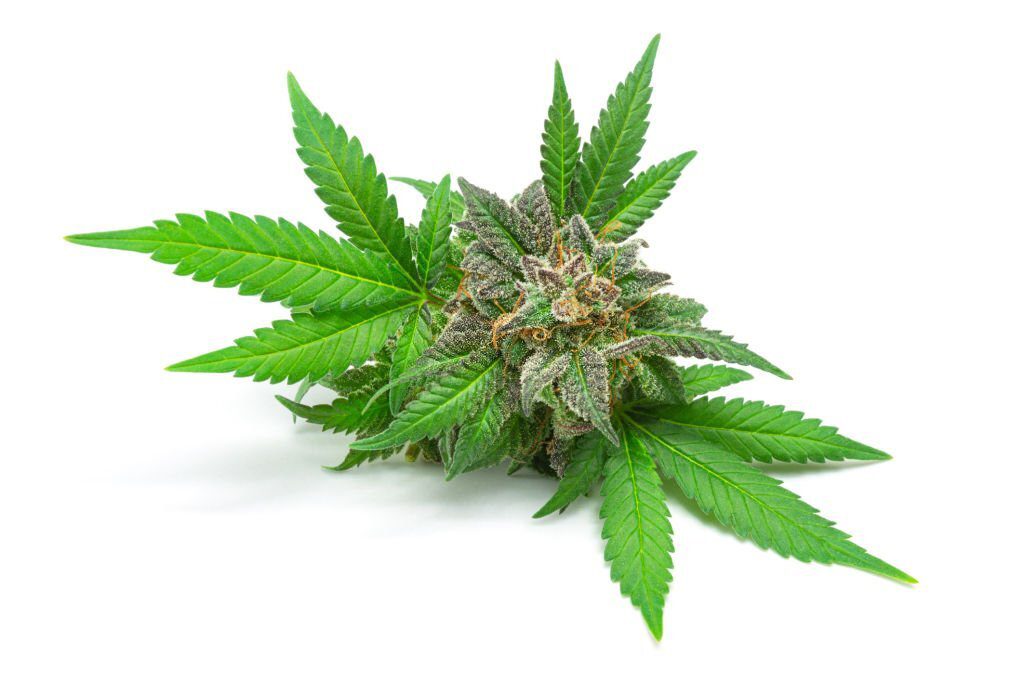Weed plants, also known as cannabis plants, are fascinating botanical wonders that have captured the attention of humans for centuries. To truly appreciate the complexity and potential of these remarkable plants, it’s essential to understand their basic parts and their functions.
In this onsite blog, we will embark on an informative journey through the anatomy of weed plants, exploring the essential components that contribute to their growth, cannabinoid production, and overall vitality. Get ready to delve into the intricate world of weed plants and unlock the secrets they hold.
Roots: Anchors of Strength and Nutrient Absorption
Deep beneath the surface, weed plants establish their foundation through their intricate root system. Roots play a vital role in anchoring the plant to the ground, providing stability during its growth. They also act as efficient nutrient absorbers, drawing in essential minerals and water from the soil. The health and vigor of the roots directly influence the overall well-being of the weed plant.
Stem: Structural Support and Resource Transportation
The stem of a weed plant acts as the main support structure, connecting the roots to the leaves and flowers. It provides stability and allows for upward growth towards the light. Beyond its structural role, the stem also serves as a conduit, transporting water, nutrients, and sugars throughout the plant. This vascular system, comprised of xylem and phloem, ensures the efficient distribution of resources necessary for growth and development.
Leaves: Powerhouses of Photosynthesis
The leaves of a weed plant play a crucial role in its survival and growth. These green wonders harness the power of sunlight through a process called photosynthesis. Chlorophyll within the leaves captures light energy and converts carbon dioxide and water into glucose, the plant’s energy source. Leaves also regulate water loss through tiny openings called stomata, allowing for gas exchange and maintaining proper hydration. When you are getting your weed buds through Cannabis Delivery Services in Waterloo, you can easily learn about the different parts of the weed buds and plants.
Flowers/Buds: Nature’s Medicinal Gems
Perhaps the most sought-after part of the weed plant, the flowers (or buds) are where the magic happens. These reproductive structures contain the highest concentration of cannabinoids, terpenes, and other bioactive compounds. The female plants produce resinous buds, which are rich in cannabinoids such as THC (tetrahydrocannabinol) and CBD (cannabidiol). These compounds offer a plethora of therapeutic benefits, making weed plants invaluable to medicinal and recreational users alike.
Trichomes: The Precious Resin Factories
Delving deeper into the intricate world of weed plants, we encounter trichomes—tiny, glandular structures that adorn the flowers, leaves, and stems. These resinous factories produce cannabinoids, terpenes, and other compounds that contribute to the plant’s aroma, flavor, and effects. Trichomes glisten like sparkling diamonds and play a pivotal role in determining the potency and quality of the buds.
Understanding the basic parts of weed plants provides a foundation for appreciating their complexity and potential. From the sturdy roots that provide support and nutrients to the resinous buds teeming with therapeutic compounds, each part serves a crucial function in the plant’s growth and development. By delving into the anatomy of weed plants, we gain a deeper understanding of their cultivation, effects, and the remarkable diversity they offer. So, embrace this knowledge, explore the fascinating world of weed plants, and uncover the secrets they hold as you embark on your cannabis journey.



Leave A Comment
You must be logged in to post a comment.